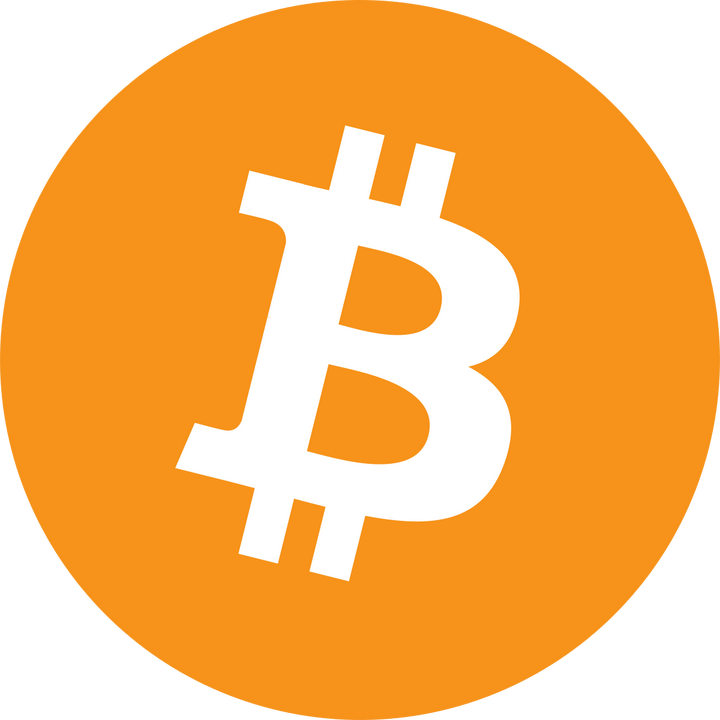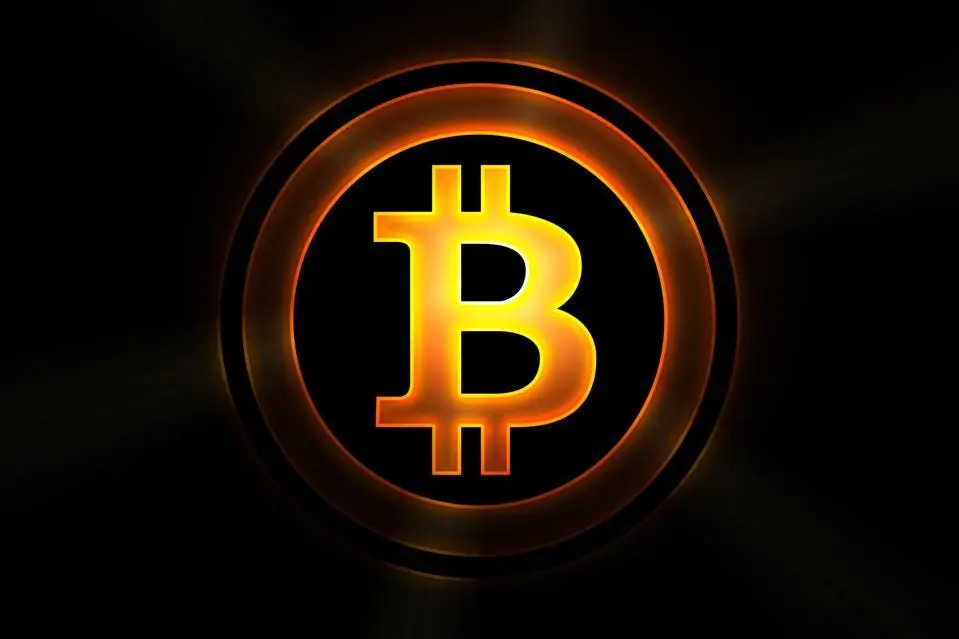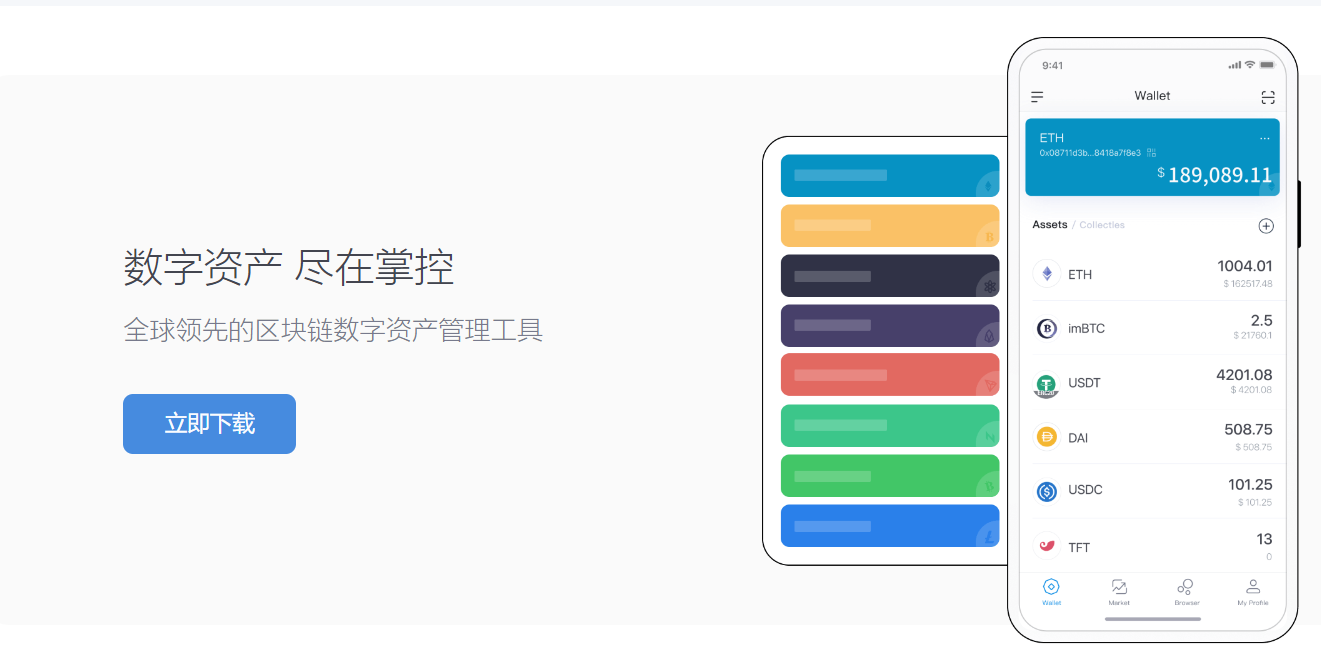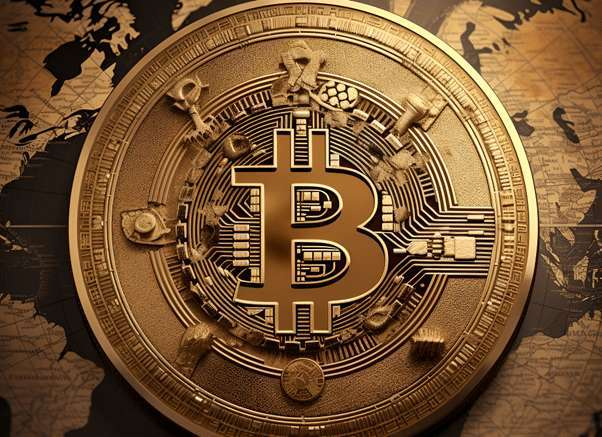Blockchain game trends in 2022
In 2021, meta-universe and GameFi have received unprecedented development. With the explosion of the meta-universe concept, the chain game market is increasing day by day, and according to the Newzoo 2021 Global Game Market Report, the overall revenue of the game market reached 180.3 billion USD in 2021, an increase of 1.4% year-on-year. The emergence of meta-universe and GameFi has pushed the market scale of the game industry and become the highlight of the game industry in 2021. Looking into the future, the prospect of the game industry is still full of hope, and new development trends are emerging, which will continue in 2022 and the development speed will be further enhanced.
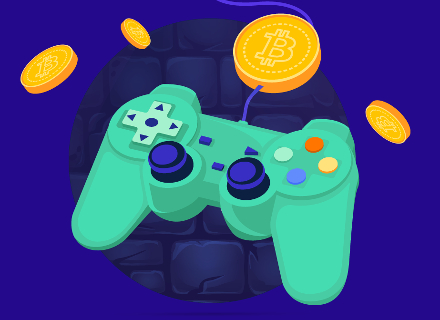
With the amount of interest in GameFi in 2021, GameFi is set to attract more use and adoption in 2022. Revenue games have been a key driver of increasing popularity in gaming, and from games to revenue will likely maintain its position as the biggest trend in the GameFi ecosystem, with money-making games sure to dominate in 2022. These games provide financial incentives to users with purpose and meaning, which not only attracts people to play money-making games and gives real-world utility, but also allows users to collaborate and compete, strategize, and build strong relationships with each other.
Play to Earn
In 2022, Play to Earn is likely to be the dominant trend, with GameFi empowering players and communities with more power, including, most crucially, game governance and ownership of in-game assets, which excite countless people and increase the motivation and engagement of players. At the same time, the Play to Earn model also gives GameFi a larger narrative, with players being rewarded for playing specific games, usually in the form of NFTs or local tokens, which will greatly increase player motivation and also more player engagement in GameFi.
NFT
2022 is also unlikely to see an ever-expanding interconnection between blockchain-based games and the rest of the crypto industry, with each industry using the others to help them grow. Interoperability and the use of NFT in blockchain games is a trend seen in many games, with major game developers beginning to see the potential of blockchain and crypto in games, incorporating more blockchain and NFT elements into their games, and as games move to blockchain-based and player-centric models, revenue for individual gamers will increase, with in-game items being tokenized and allowing players to trade NFT, truly creating additional value through NFT, NFT has tremendous potential to empower users with utility and will continue to play a role in blockchain gaming, interoperability will become a key growth strategy for many games to attract community and mobility from other chains, continuing the theme of increasing overlap between gaming and other crypto domains, and more platforms will look to gamify in a variety of ways that This will allow other blockchain categories to be re-imagined, with DeFi platforms already moving to GameFi offerings, which will bring in new users more readily than the DeFi dapp.
Meta-universe
In 2022, the metaverse is the hottest topic in the crypto world, and GameFi has expressed its own metaverse characteristics in its announcement. The metaverse emphasizes a borderless virtual world experience, and in the current GameFi ecosystem, few user interactions are seen between games, and both NFT assets and game passes only play an important role in a single game. The game is essentially an economic world, behind which is the balance between value and experience achieved by countless players. With Play to Earn as the core economic model, developers need to constantly balance the price relationship between NFT and reward passes to attract users by fixing the game settings, which is a good way to attract users but not the cornerstone of the game’s long-term development. Perhaps the meta-universe belonging to GameFi will emerge when GameFi has a real sense of gaming value.
Over the past decade, games have evolved to become an all-in-one experience to play, watch and engage with, and the metaverse will be the next phase of gaming, integrating non-game experiences as well, driven by the way technology, consumers and games interact together, an evolution that makes games a platform for multiple stakeholders to create and capture value beyond their core product.
Game publishers are driving the acceptance of this new interactive experience through these non-game experiences, such as virtual concerts, virtual fashion shows, IP tie-ins, and media/product co-branding. Non-game experiences have a strong and broad appeal, as virtual concerts and similar events also attract non-gamers, who also see games as a platform where they can express their identity, host social events, or create their own game modes, resulting in a metaverse-like experience.
The Game Developers Conference (GDC) was successfully held and concluded from March 21 to March 25, 2022. A large number of NFT, Web3.0, GameFi, and meta-universe related activities and keynotes appeared at this conference, and many blockchain games and platforms began to emerge, such as: the emergence of Many blockchain games and platforms started to emerge, such as WAX, the public chain that has seen the breakout chain game Farmers World, and the game social platform Harmony and Gala. Korean gaming company Wemade also participated in the conference and sponsored a panel presentation, CEO Hyunguk Jang had said, “Play-to-Earn is the big trend, and there is no country or company that can stop this trend.” And he claimed that he plans to launch 100 blockchain games in 2022 and build a blockchain game ecosystem. The conference also featured five GameFi and NFT-themed presentations by Wemade, such as “Play and Earn: Changing Games with a Blockchain Economic Model” and “The Changing Face of NFT Props in Games,” thus becoming a favored prospect by giants.
In 2022, GameFi’s new direction, new kernel, content-driven will come from the player’s participation in the game process, which requires a certain amount of technology, thinking, strategy, rhythm, etc., even that is how to make players get more satisfaction, fun and immersion.
First of all, the game must have the ability to make players have a full sense of satisfaction and get a fun experience. From the economic model, players can get revenue through the Play to Earn model or even the Free To Earn method, and in 2022 GameFi needs to expand more social and interactive attributes, so as to attract more public domain traffic and gain public recognition.
Secondly social is one of the presence players need. The vast meta-universe world, the promotion of the game’s plot, and the real-time interactive gameplay make players willing to spend more time participating in the virtual game, allowing players to find a sense of presence in another virtual world, opening up the imagination of players’ brains enough to be open to embrace the new meta-universe world.
Furthermore, the content of the game needs to be able to impress people with its plot and creative appeal, so that players unconsciously project themselves into the game and consider the characters in the game as their own avatars, immersing themselves in it.
Finally, the game needs to have the UI visuals, game character images and skins, high freedom of strategy, cool skills, and even cross-plot, historical time epitome, story plot line, and open gameplay, so that players can customize the pace of the game, allowing more people to participate in the ecological construction of the game, with the advancement of the plot, with a growth line, and constantly gain sublimity. This is what makes the experience of entry compelling and enjoyable.
In 2022, GameFi will still not become obsolete. With the role of the market itself and the influx of investment institutions, GameFi that does not update, iterate and innovate may be eliminated by the market, and a new challenge is coming.
